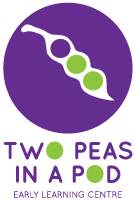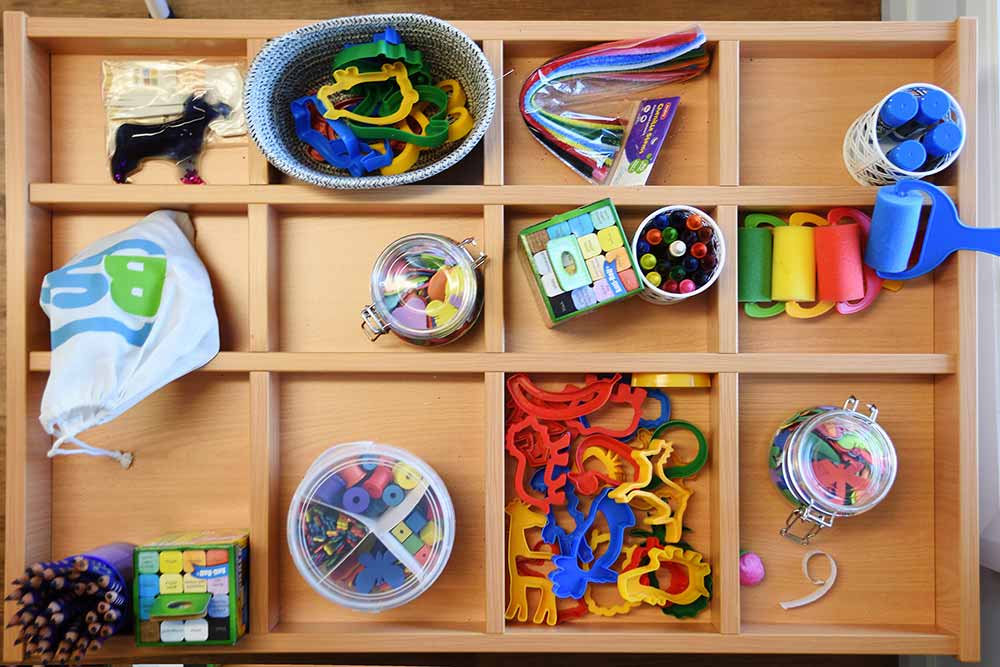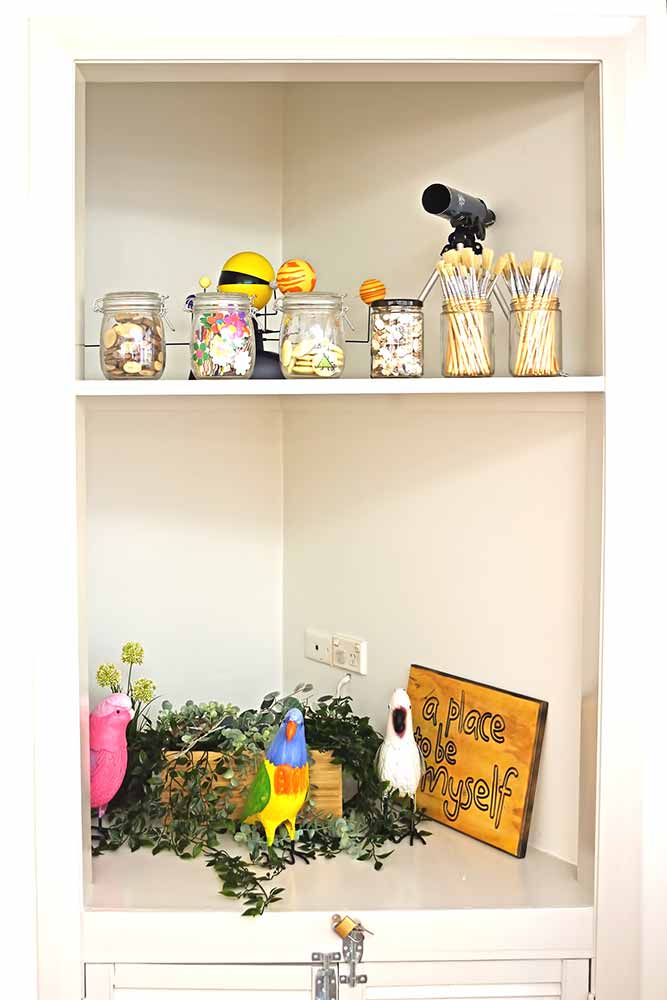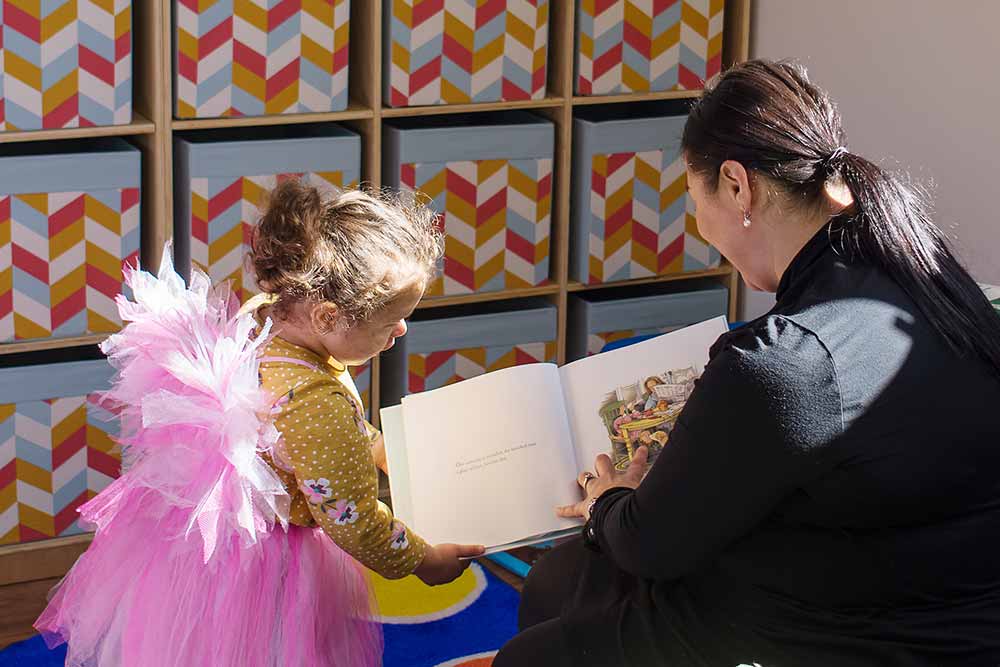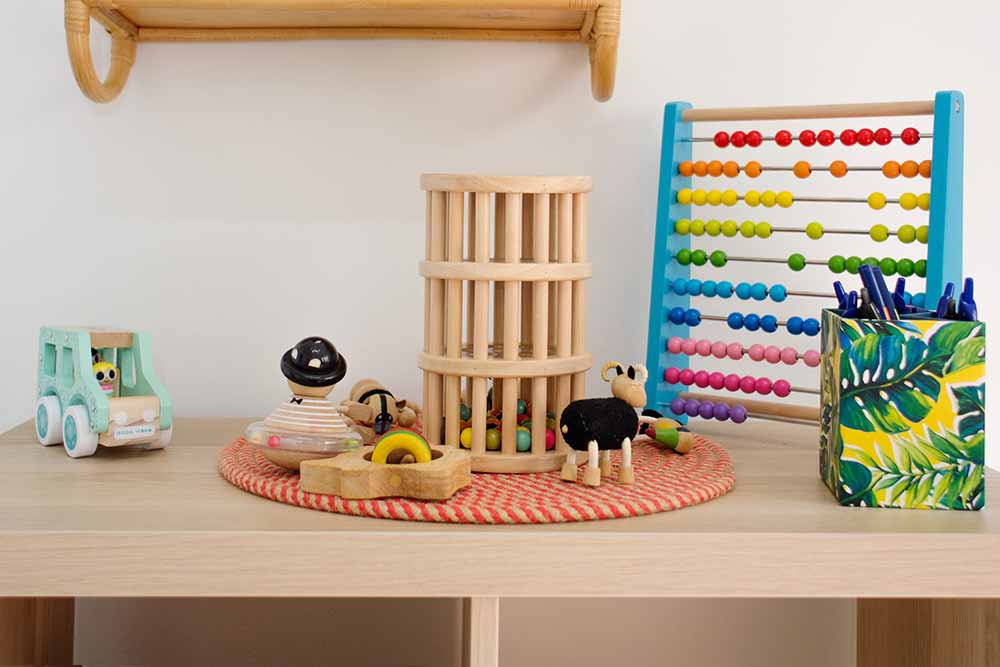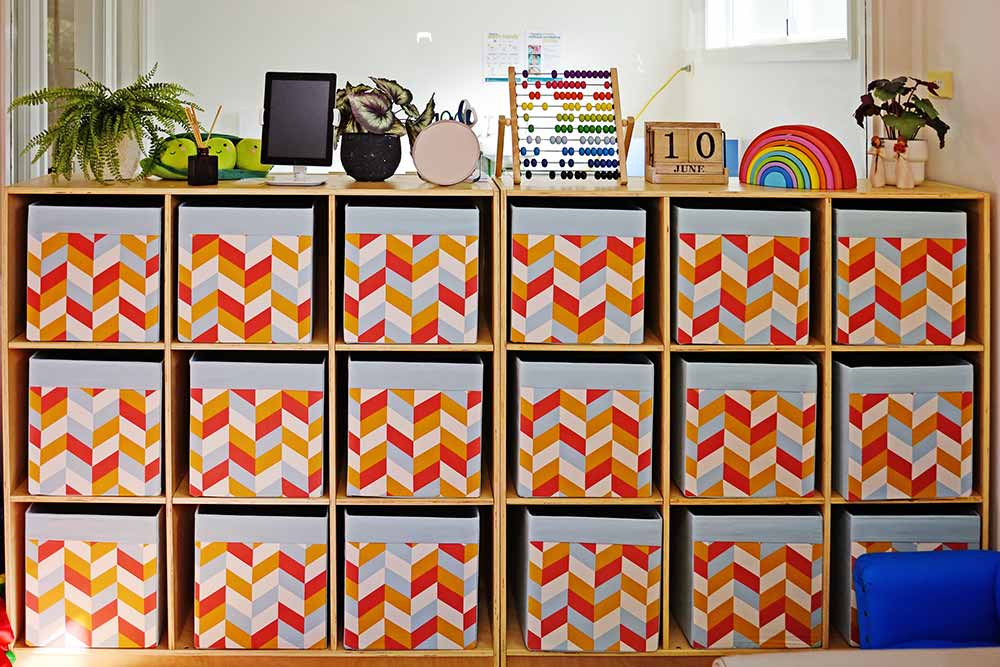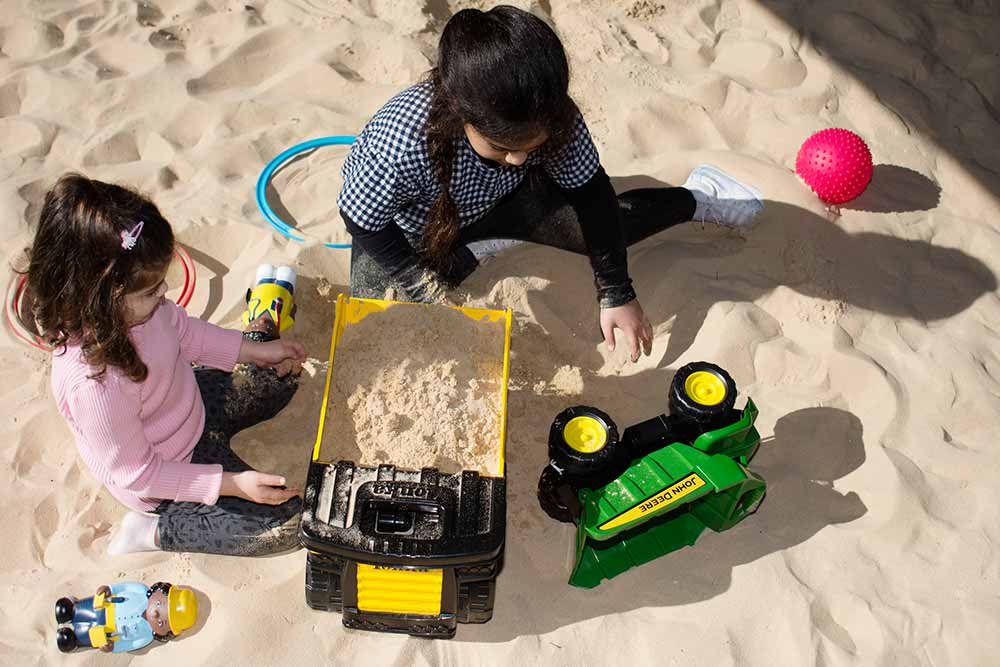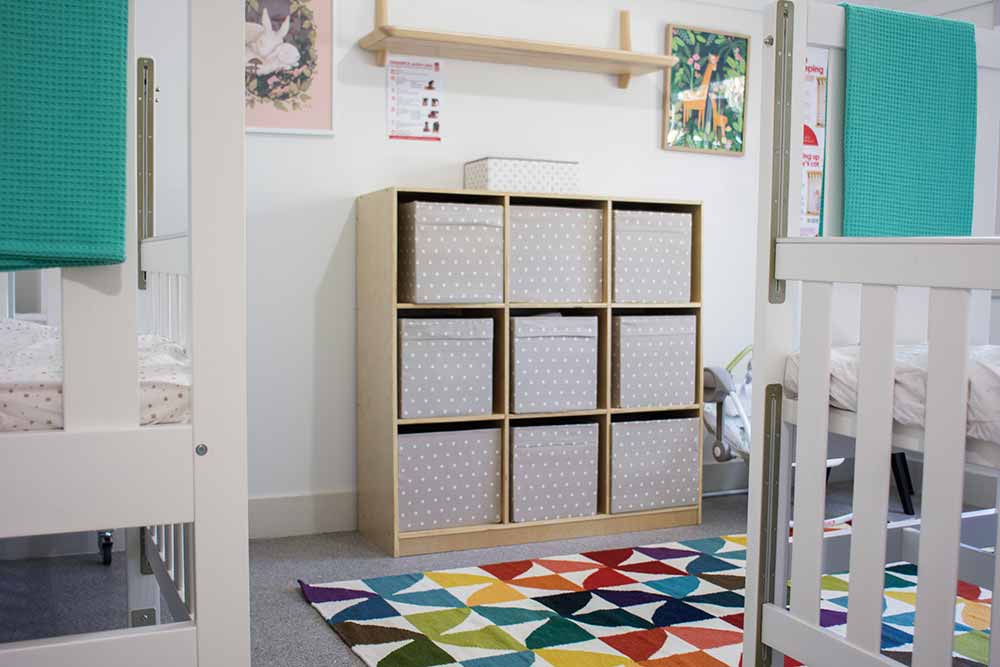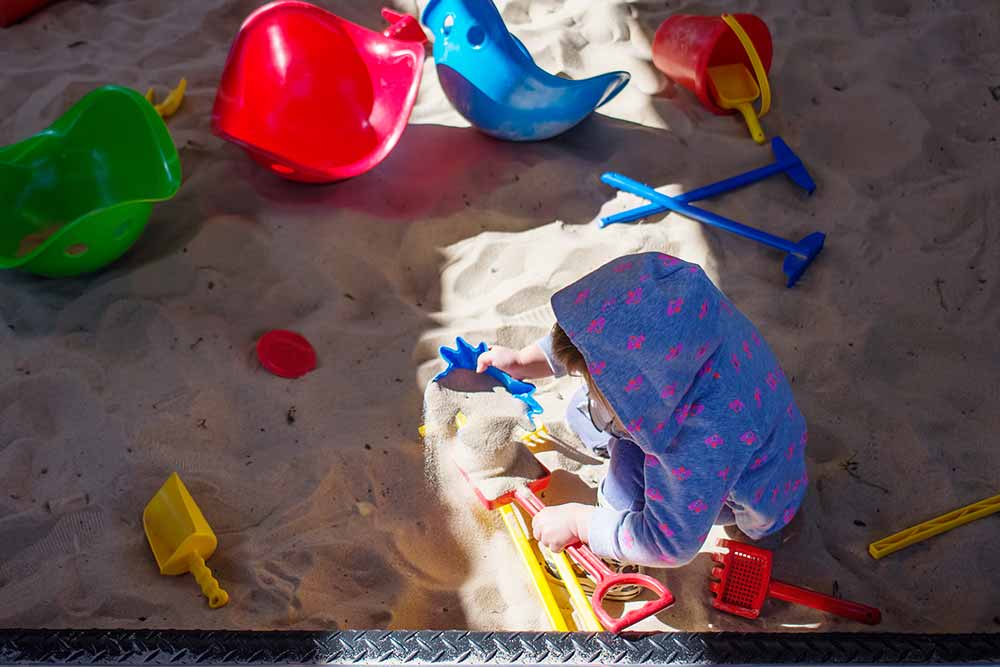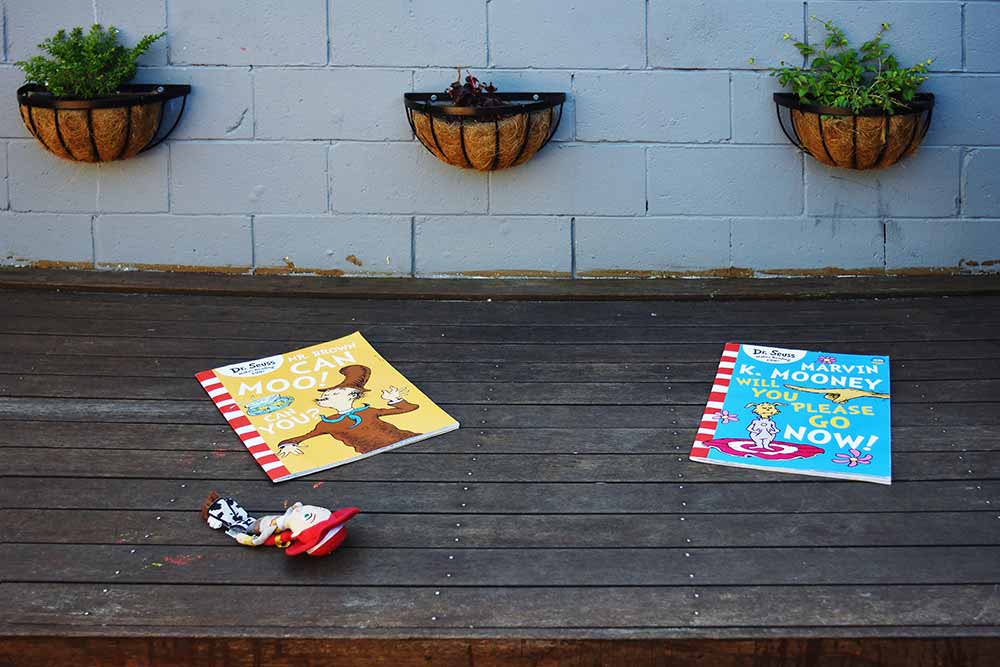Key Elements of the Reggio Emilia Approach
There are 7 guiding principles of the Reggio Emilia approach.
These guiding principles are:
1. Children are capable to construct their own learning
In our approach of Reggio Emilia, children are the main initiators of the learning process. They are inspired by their own interest to know and learn, and as such they are endowed with a uniquely individualistic understanding of how to construct learning on their own. In other words, children should be treated as active collaborators in their education, as opposed to passive observers.
2. Children are collaborators and learn through interaction within their communities
Learning is based on interrelationships – in our approach to Reggio Emilia there is a close interaction between Educators, parents, and children. As indicated by the first principle, children are collaborators and work best when included in a community as opposed to working independently. Therefore, Reggio Emilia places an emphasis on working in small groups, which is based on the idea that we form ourselves through interaction with peers, adults, and the world around us.
3. Children are natural communicators and should be encouraged to express themselves however they feel they can
One of the most profound aspects of Reggio Emilia is known as The Hundred Languages of Children, written by the founder of the philosophy Loris Malaguzzi. The concept of The Hundred Languages is that children are natural communicators, and should be encouraged to communicate through whatever means they can. This may include words, movement, drawings, paintings, buildings, sculptures, and more. Because of the many ways that children express, discover, and learn, children should be encouraged to use many materials for discovery, communication, and even demonstration of what they understand, wonder, question, feel, or imagine.
4. The Learning Environment environment acts as the third Educator
One of the most powerful and important components of our approach to a Reggio-style philosophy in our environment is to ensure that the learning rooms acts as a “living organism, a place of shared relationships among the children, the Educators, the parents, and a feeling of belonging in a world that is alive, welcoming, and authentic.” Because the Learning Environment acts as a living organism.
Learning Environments and common spaces are carefully integrated with one another, as well as with the outside community. Learning Environments also use natural furnishing to encourage real-life interactions.
5. Our Educators are partners, nurturers, and guides who help facilitate the exploration of children’s interests as they work on short and long-term projects
Educators are partners in the learning process. They guide children’s experiences, open-ended discovery, and problem solving. The main goal for the Educator is to listen and observe the children, as well as question and listen for opportunities to encourage further exploration of a child’s interests. Children and Educators are expected to collaborate, but it’s the responsibility of the Educator to identify when a concept can be used to further discovery and learning. As a mentor, it also means that Educators are not planning projects or learning points in advance – they’re allowing projects to emerge based on the interests of the children.
6. Documentation is a critical component of communication
Educators, in addition to playing the role of a guide, are also responsible for documenting the learning process within the Learning Environment and transcribing the verbal language used by children. Educator take photos and even videos to better understand the children and assist parents in becoming more aware of what their child is doing. Documentation also provides Educators an opportunity to evaluate their own work and exchange ideas with others. Moreover, documentation demonstrates to children that their work is of value. Through documentation, a child may finish their preschool experience at a Reggio Emilia child care center with a portfolio of projects, pictures, photos, scripts, and quotes that they make take great pride in, as it represents the steps they’ve made throughout their education.
7. Parents are partners in education.
Our approach of Reggio Emilia sees parental participation in their child’s education as a critical component of the learning philosophy. It may take form in many ways, but parents are always be invited to play an active role in their child’s learning experiences as well as help to ensure the welfare of the children in the community around them. Parents, both their skills and ideas, are very valuable in our learning community. Our Educators recognise and respect parents as a child’s true primary teacher, and educators are positioned as advocates and learners alongside the children, also known as “the second Educator.” Parental involvement is critical to the creation of a learning community for children.
